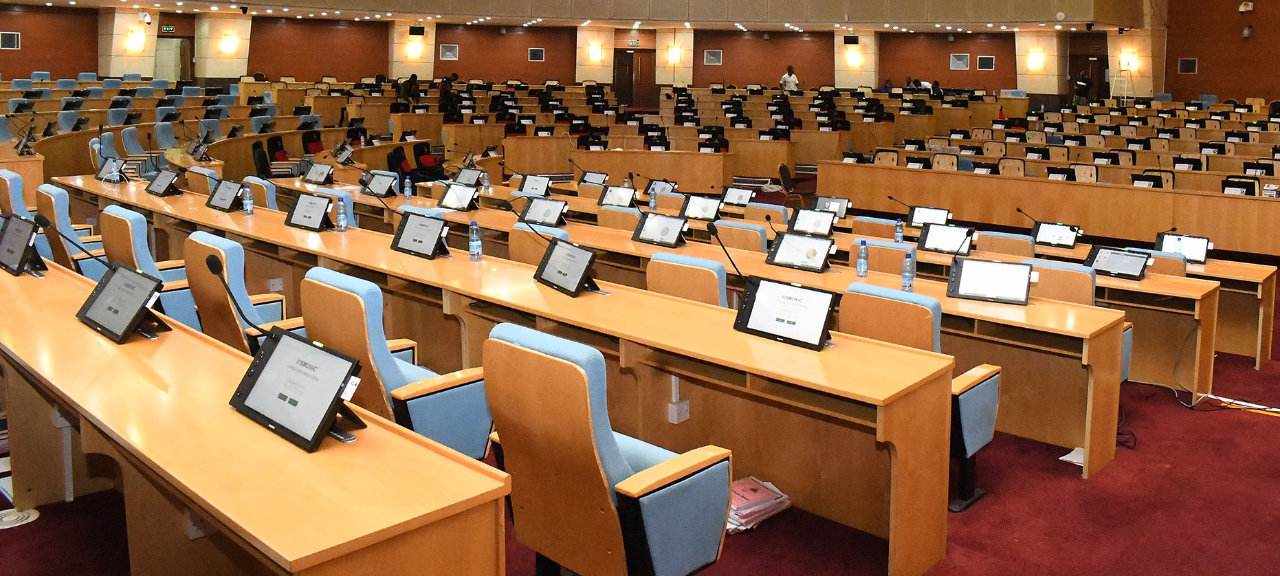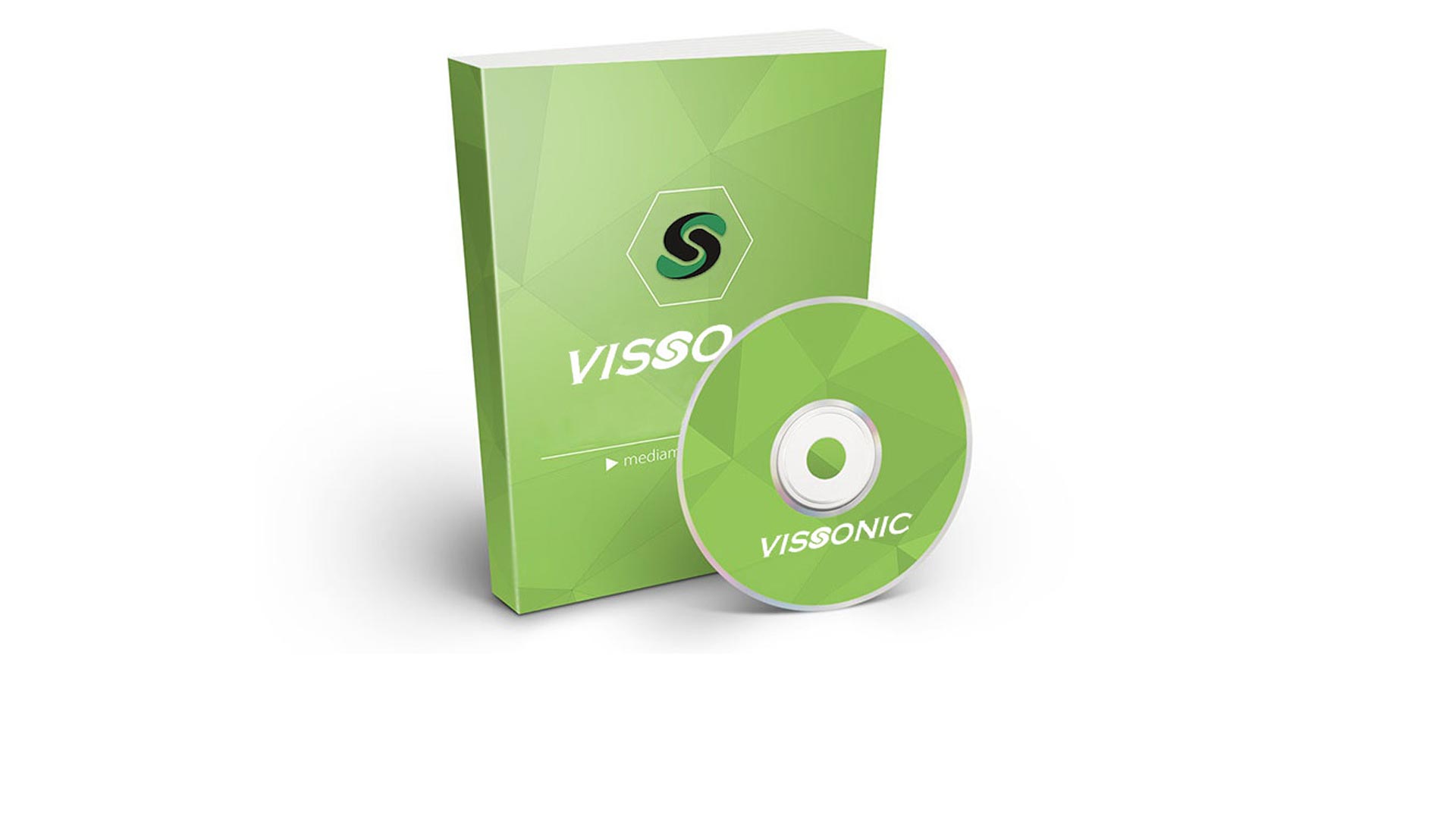How Many Types of Video Conference Are There?
Video conferencing is a technology that has revolutionized the way people communicate with one another. Video conferencing allows people to interact with each other in real-time, regardless of their geographical location. It has become an essential tool for businesses, educational institutions, and individuals. There are several types of video conferencing, each with its own advantages and disadvantages.
Desktop video conferencing:
Desktop video conferencing is one of the most common types of video conferencing. It is a software-based system that allows people to communicate with each other using their desktop computers. This type of video conferencing is easy to set up and does not require any special equipment. Users can communicate with each other using a webcam and a microphone. Desktop video conferencing is ideal for small businesses and individuals who want to communicate with each other in real-time.
VISSONIC Applying-Tevel District Legislative Council East Europe
Room-based video conferencing:
Room-based video conferencing is a hardware-based system that is designed for large groups of people. This type of video conferencing requires special equipment such as a camera, microphone, and a display screen. It is ideal for businesses that want to hold meetings with employees in different locations. Room-based video conferencing allows participants to see and hear each other in real-time.
Telepresence video conferencing:
Telepresence video conferencing is a high-end video conferencing system that provides a virtual meeting experience. This type of video conferencing is designed to make participants feel as if they are in the same room. Telepresence video conferencing requires special equipment such as multiple screens, high-quality cameras, and microphones. It is ideal for large corporations and organizations that want to hold high-level meetings with participants in different locations.
Webinar:
A webinar is a type of video conferencing that is used for online seminars, training sessions, and presentations. Webinars are usually hosted by one person or a small group of people who present information to a large audience. Webinars allow participants to interact with the presenter by asking questions and providing feedback. Webinars can be accessed using a computer, tablet, or smartphone.
VISSONIC Applying-Tevel District Legislative Council East Europe
Mobile video conferencing:
Mobile video conferencing allows participants to communicate with each other using their mobile devices. This type of video conferencing is ideal for people who are on the go and need to communicate with others in real-time. Mobile video conferencing can be accessed using a smartphone or tablet.
Point-to-point video conferencing:
Point-to-point video conferencing is a type of video conferencing that allows two people to communicate with each other in real-time. This type of video conferencing is ideal for individuals who want to communicate with each other in a one-on-one setting. Point-to-point video conferencing requires special equipment such as a camera and a microphone.
Cloud-based video conferencing:
Cloud-based video conferencing is a type of video conferencing that is hosted on the internet. This type of video conferencing does not require any special equipment or software. Participants can access cloud-based video conferencing using a computer, tablet, or smartphone. Cloud-based video conferencing is ideal for small businesses and individuals who want to communicate with each other in real-time.
Integrated video conferencing:
Integrated video conferencing is a type of video conferencing that is integrated into other software applications such as email, instant messaging, and social media platforms. This type of video conferencing allows users to communicate with each other without having to switch between different applications. Integrated video conferencing is ideal for businesses that use multiple software applications.
We mainly develop high-tech audio-visual devices including Digital DSP Conference system, wifi wireless conference system, wireless translation system, matrix switchers for standalone and modular, and video wall processors, etc. For more information, please write at info@vissonic.com.














